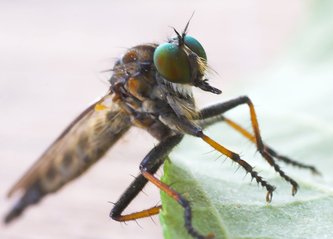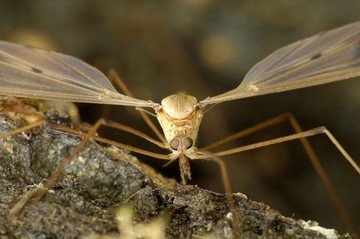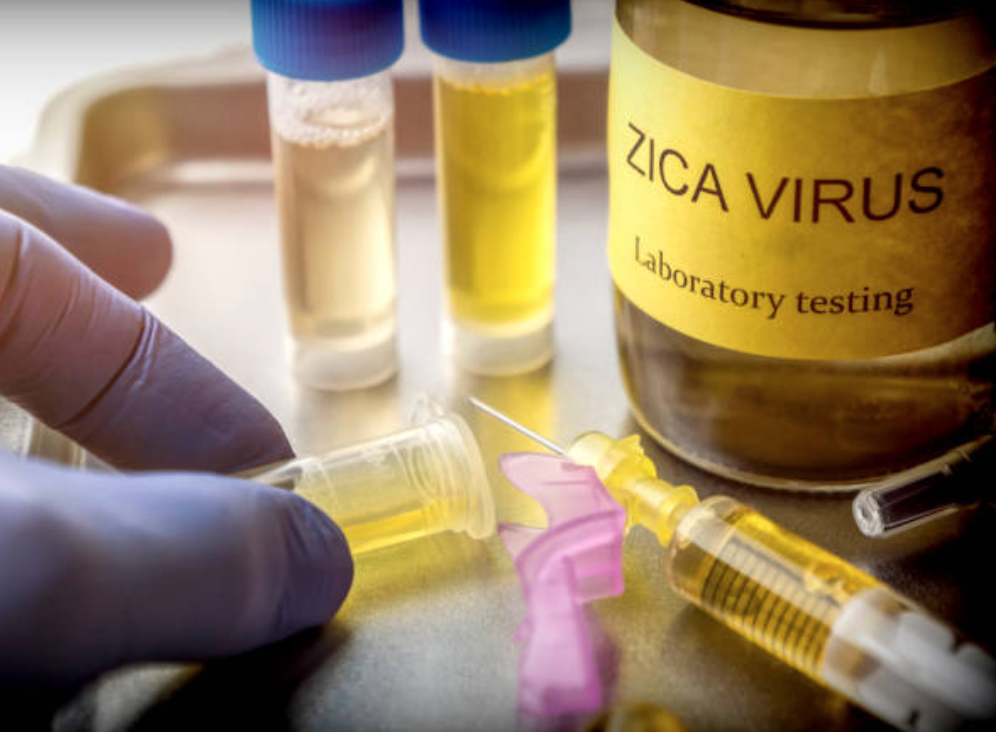Mosquito Project
Scroll below to find:
1. Project Overview
2. Objectives
3. Big Idea
4. Enduring Understandings
5. Essential Questions
6. Assessment
7. Misconceptions
1. Project Overview
2. Objectives
3. Big Idea
4. Enduring Understandings
5. Essential Questions
6. Assessment
7. Misconceptions


